Khao San Road, Bangkok's most famous walking street is certainly familiar to you if you have ever set foot in Thailand. But do you know the origin of its name? Or why this particular street has become the “default” street for many travelers going to Thailand for the first time? It is with these questions in mind that I decided some time ago to write an article to talk about this famous street known to almost everyone.
By coincidence, it so happens that CNN (no less) got ahead of me with the publication of an article on this very topic. from the origins of Khao San. Article that has already been translated on French-language sites dedicated to Thailand. So I'm a bit behind... but if I specify that, and even if it remains "my word", it is to avoid being accused of plagiarism or something else, even if this article makes my task a lot easier, I was inevitably inspired by it a little.
Khao San Road = White Rice Street
If we take the English translation, Khao San Road is translated as “Milled Rice Lane”, thousand which can be translated as crushed ou factory, in the sense of passing through a machine or a process for, in this case, "whitening" rice, that is, removing the husk surrounding the grain. "Milled Rice" can therefore simply be translated as "polished rice" or "milled rice" in the sense that the cereal has been prepared to be ready for consumption. The takeaway from this little language lesson is that, what was then a small narrow alley, was used by merchants from all over the country to come and sell their bags of white rice. Its advantage being its proximity to several canals (the famous Klongs), flowing a little further into the Chao Phraya, a real highway of the time.
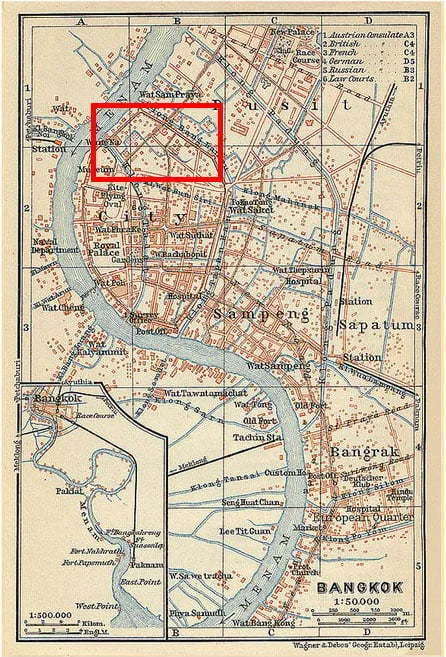
We must put things in context. We are then at the end of the 19th century and Khao San is located between the Klong Rong Mai, a canal artificially dug to isolate the new city, which then forms the island of Rattanakosin (this dates back to the end of the 18th century), and the Bang Lamphu canal, also artificial and added with the same function as the Klong Rong Mai by expanding the surface area of the city which was then in full expansion.
The two canals are then joined by a small secondary canal, which is none other than today Soi Rambuttri, the neighboring street to Khao San Road. It must also be understood that at that time, roads do not yet exist in Bangkok since the first official street, New Road (which became Charoen Krung Road, which I will dedicate an article to soon), was only created in 1863 under the reign of Rama V. The main means of transport was then the boat and the canals were then filled with barges, which converged towards the floating markets that swarmed in Bangkok.
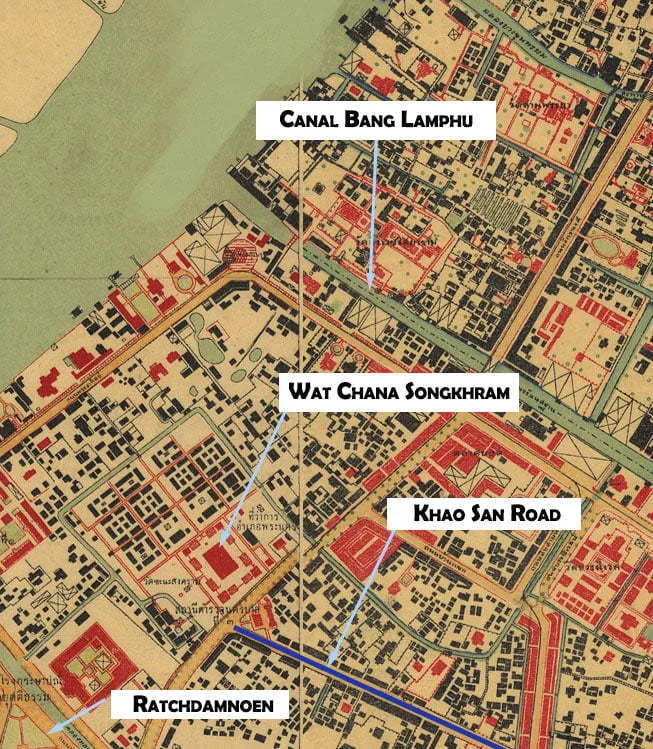
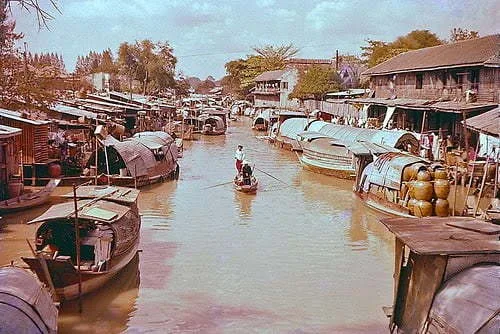
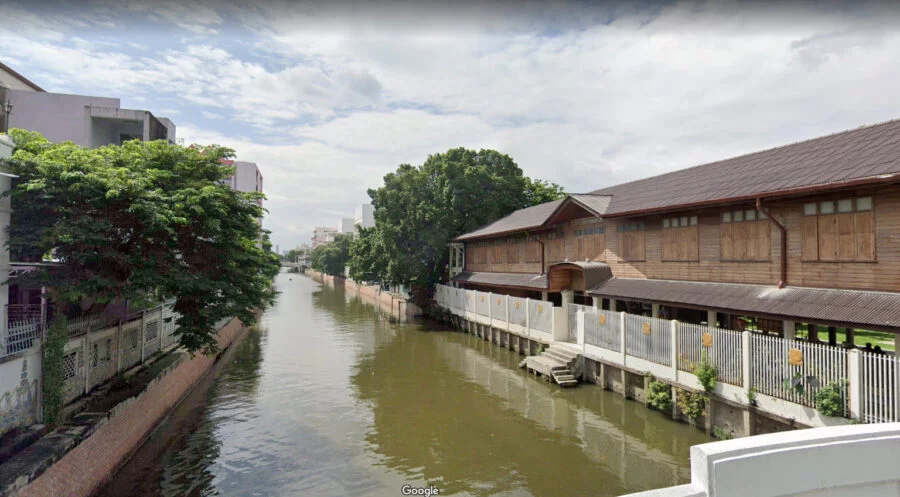
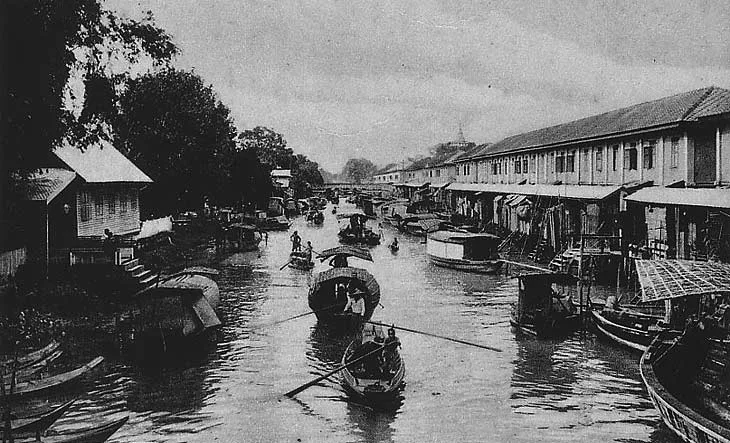
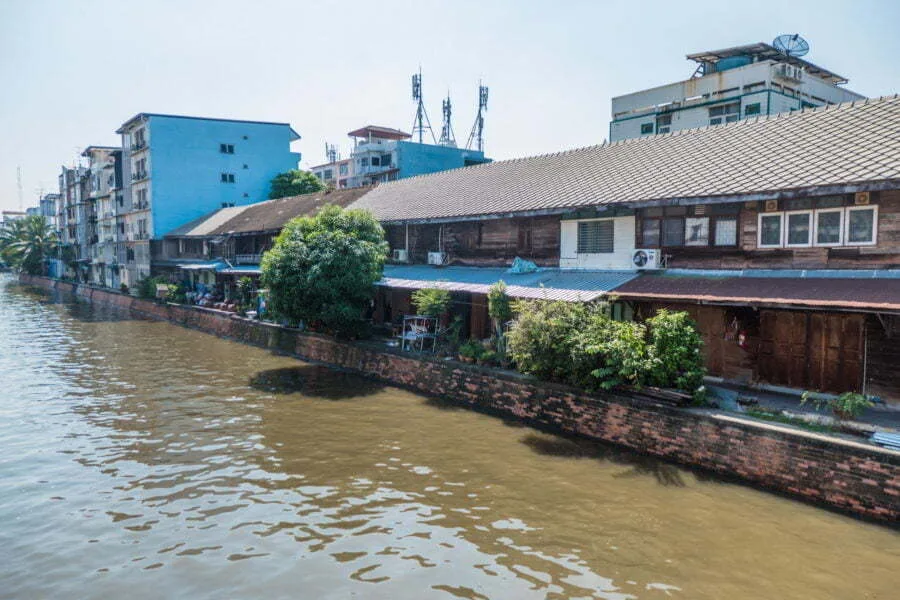
It must be said that at that time already, Siam was one of the largest rice producers in the world and the Bang Lamphu district saw tons and tons of bags of rice passing through. Bang Lamphu Market had become the largest rice market in all of Bangkok and by the same token the whole country. The sales spots spread out all over the area around the Bang Lamphu canal, until stalls began to set up at the end of Khao San Road, in what was then just a narrow muddy alley.
To improve trade and expand this part of the market, a road was built there duly established in 1892 by King Chulalongkorn (Rama V). Khao San was born. The paved alley being only 410 meters long, it was not long enough to be named after an important Thai figure (in case that person would be frustrated by being associated with this "sub" street), which was then the common practice. It was thus decided to call it " Soi Khao San", the white rice aisle, quite simply.
Rice for backpackers
Well, that a street appeared there, OK, but How did we go from trading rice to trading buckets and carts of Pad Thai? ? It is important to understand that a neighborhood that attracts people ends up attracting investors other than those in the rice business. After all, if there are people moving to the Bang Lamphu neighborhood, certainly for its rice at the base, that makes as many potential consumers to buy other things.
Thus Khao San has seen the appearance of shops selling leather shoes and jewelers for example.. Which still persists today because if you walk along the street perpendicular to Khao San, Thanon Tanao, you can still see shops specializing in silver jewelry. Tanao Street is also lined with shophouses that were abundant in all of Bangkok at the time, meaning, from that era.
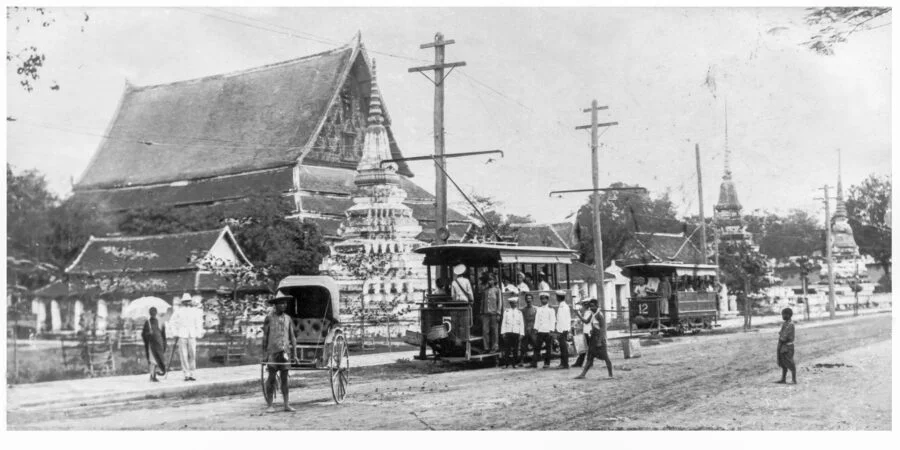
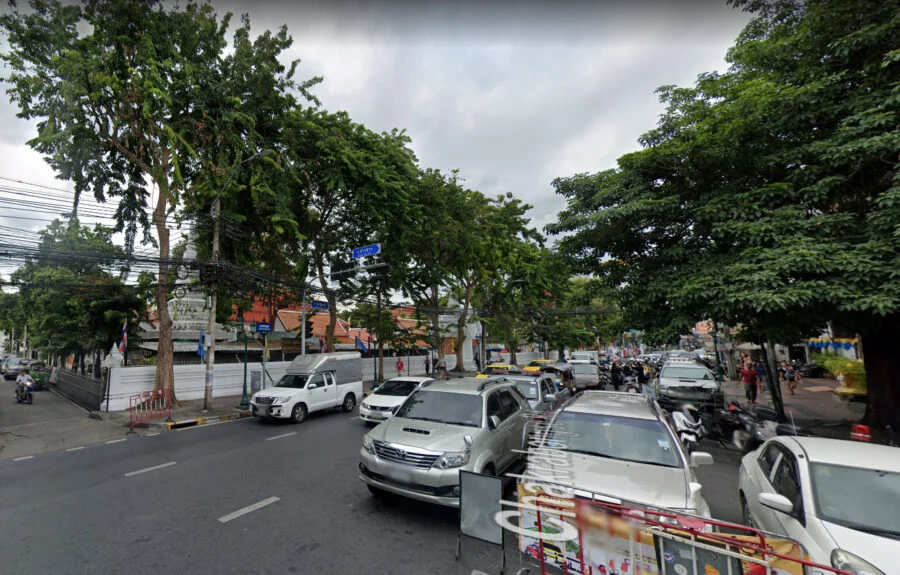
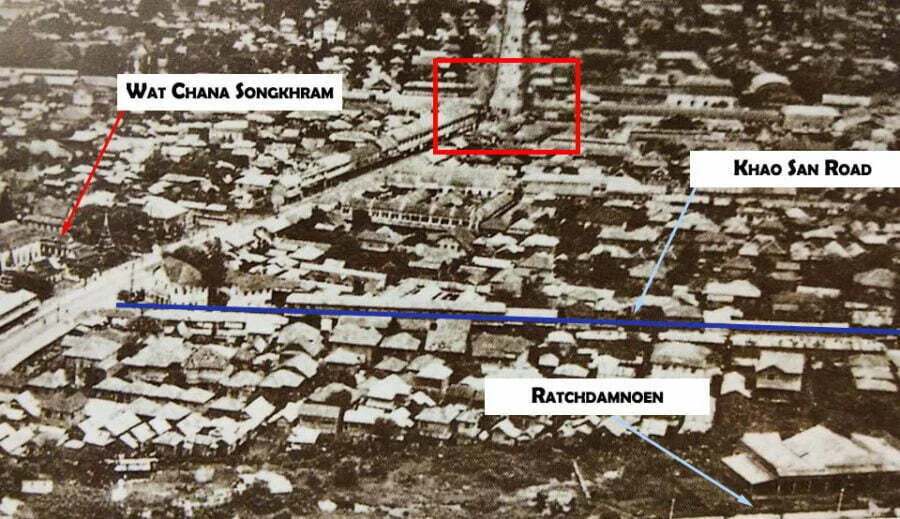

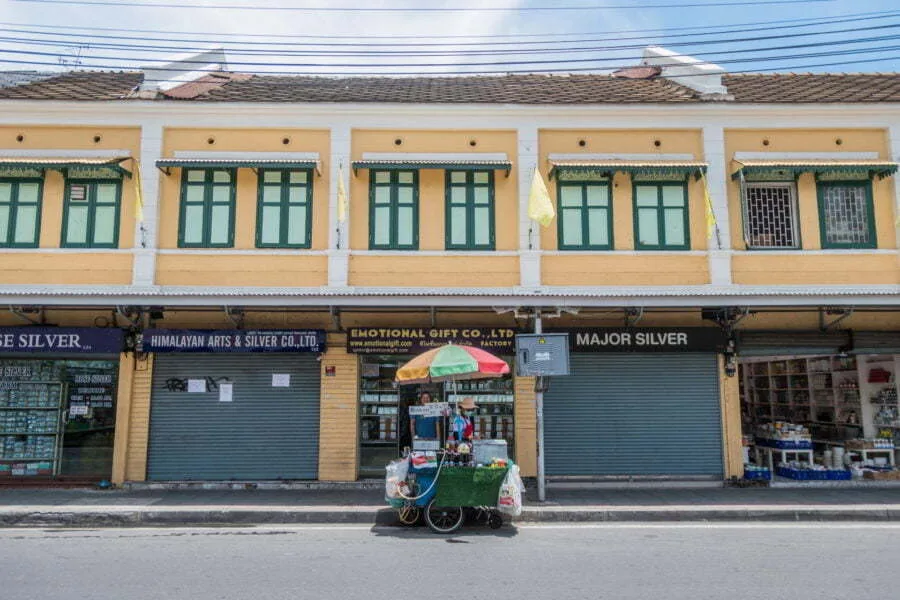
The other specialty which will gradually come to supplant the rice trade, turns out to be the textile. This included in particular the first store in the country to offer uniforms for schoolchildren, ready-to-wear, or artisans making traditional costumes used for Thai classical dance shows. This came with the spirit of the times, where a high demand for entertainment industry was felt in the kingdom. This gave birth to two cabarets offering musicals, the appearance of Thailand's first record company (Kratai) and one of the very first cinemas in the country, soon to be joined by others.
We then count no less than 4 cinemas in Bang Lamphu. The Wang Chao Prida cinema (from 1907), the Rattanapee Raka cinema (in 1909), the Pattanakarn cinema (1910), then the Dong Kok cinema, which started its activity as a theater before converting into a cinema (which will then be named Busayaphan). The latter was next to the current Nouvo City Hotel, along Samsen Soi 2. It disappeared following a fire in 1961, replaced since by a building housing a bar/karaoke/billiards, so still a place dedicated to entertainment in short. And precisely, at that time, this new entertainment “center”, will also be strengthened with the opening, not far from Khao San, of the national theatre of Bangkok, which opened its doors in 1965.

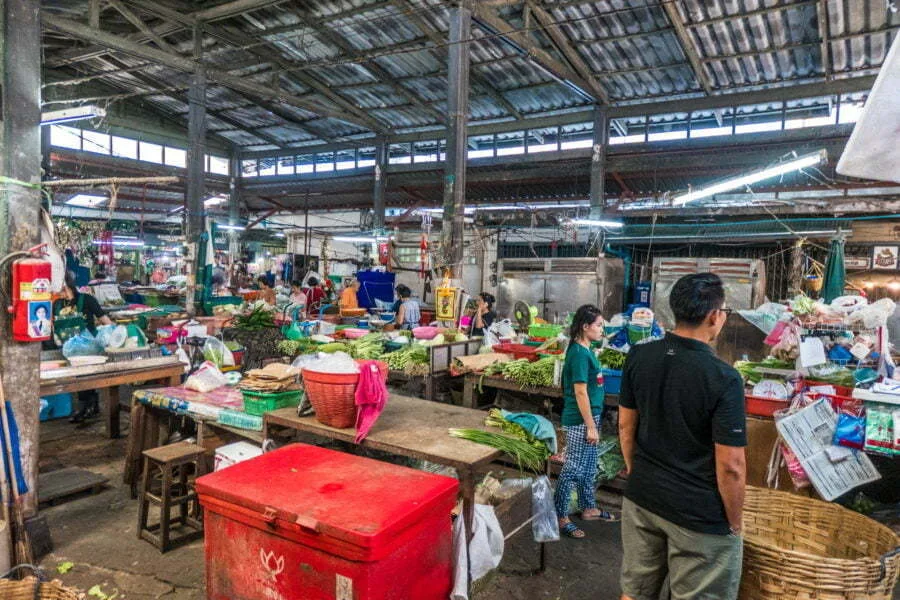
The influence of Lonely Planet
We arrive at the At the end of the 70s, tourism in Thailand was still in its infancy., and at the time, most tourists stayed in the few large hotels lined up along the commercial artery, between Siam and by extension, along Sukhumvit, then in full expansion. One of its iconic hotels was also the late Siam Intercontinental Hotel, built from 1964, which occupied a 10-hectare garden belonging to the royal family. As an anecdote, this hotel was razed in 2002 to make way for the Siam Paragon, the famous shopping center that is now far from alone along this artery. If I tell you this, it is because the Siam Intercontinental is not what Joe Cummings, travel guide editor, then associated with Lonely Planet, which was still a young company, was looking for.
As a reminder, if you don't know the story, the lonely planet, a famous travel guide that needs no introduction (and no, it's not sponsored, so no link, eh), has been created by a young Anglo-Irish couple, Maureen and Tony Wheeler, in 1972 following a long journey which took them across Asia in particular. Eager to share their experience, based on a low-cost trip, they began to soberly write what would become their first guide (and ancestor of the blog in some way), published in 1973: Across Asia on the Cheap (Across Asia on the cheap). You then understand that with this theme, Joe Cummings wasn't looking for luxury when his mission was to bring back from his trip what would become the first edition of Lonely Planet Thailand. This was in 1981, exactly 40 years ago.

So while scouting, Joe Cummings came across Khao San, so to speak. And at the time he first set foot there, there were still vestiges of the original market, as there were still a few rice merchants. The rest had moved elsewhere because the canals had been abandoned in favor of roads and the barges had been replaced by trucks. The street is then mainly lined with typical houses from the end of the 19th and beginning of the 20th, the famous shophouses that I mention concerning Tanao Street. Khao San then offered a mixture of shoe sellers, small cafes run by Sino Thais, noodle sellers, grocers or even a motorcycle repairer (yeah, no one uses that word anymore).
Unlike Yaorawat, the Chinese quarter, or Prahurat, the neighboring Indian quarter, Bang Lamphu had a decidedly more “Thai” side, and that is already a pleasant argument for immersing yourself in the local culture, as a visitor. The other major argument is the proximity between Khao San Road and Bangkok's main attractions, which are the Grand Palace (including the Temple of the Emerald Buddha) and Wat Pho, which are within a radius of just over 1 km.
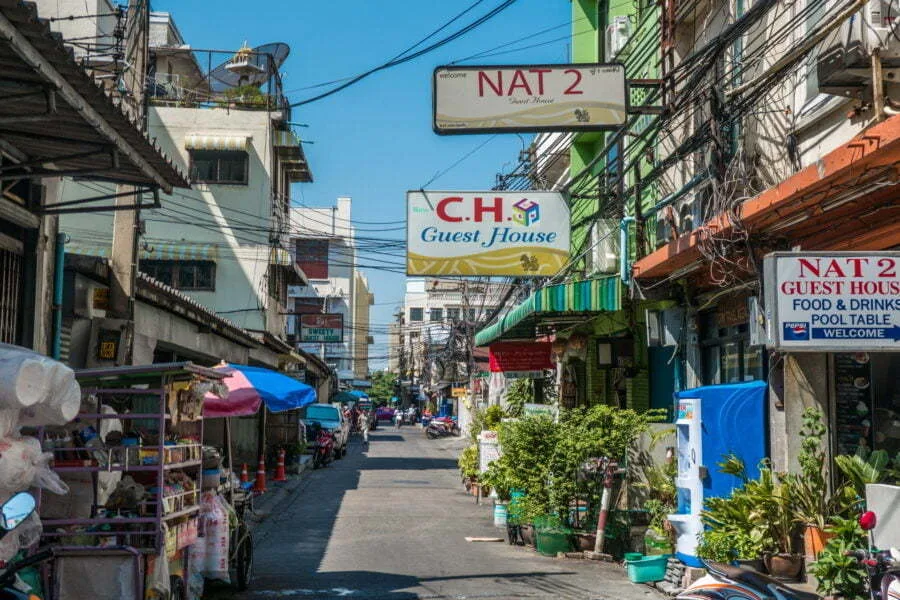
So when Joe Cummings noticed two hotels on the street, at $5 a night, he immediately thought of recommending them in the future guide as a convenient base for travelers. While getting lost in the adjacent alleys, he came across a guesthouse that had just opened, the VS Guesthouse. The family then welcomes guests into their beautiful vintage 20s house for the modest sum of $1,5 per person. It is the first of its kind to open in Khao San and it is the only one that is still open 40 years later!
Exploring further, he found two other guesthouses, with similar rates, also run by local families. At that time, Khao San Road had a total of two hotels and these three guesthouses., which was originally used primarily to accommodate wholesalers coming from the province to stock up on goods in the Bang Lamphu area. All five establishments were listed in the first edition of the Lonely Thailand guidebook, then called "Thailand: A Travel Survival Kit", published in 1982.
The machine is launched
Without necessarily "accusing" the Lonely of being at the origin of the coming excitement, the observation remains there, when Joe Cummings returns to Bangkok to update the guide the following year, five new guesthouses have appeared in the street and its surroundings. All are added meticulously and appear in the 1984 edition of the guide. Our Joe will only be able to note with each subsequent update, occurring then every six months, the number of accommodations multiplying exponentially. It took just 10 years for Khao San and the surrounding lanes to be teeming with backpacker hotels and guesthouses., then largely exceeding 200 establishments!
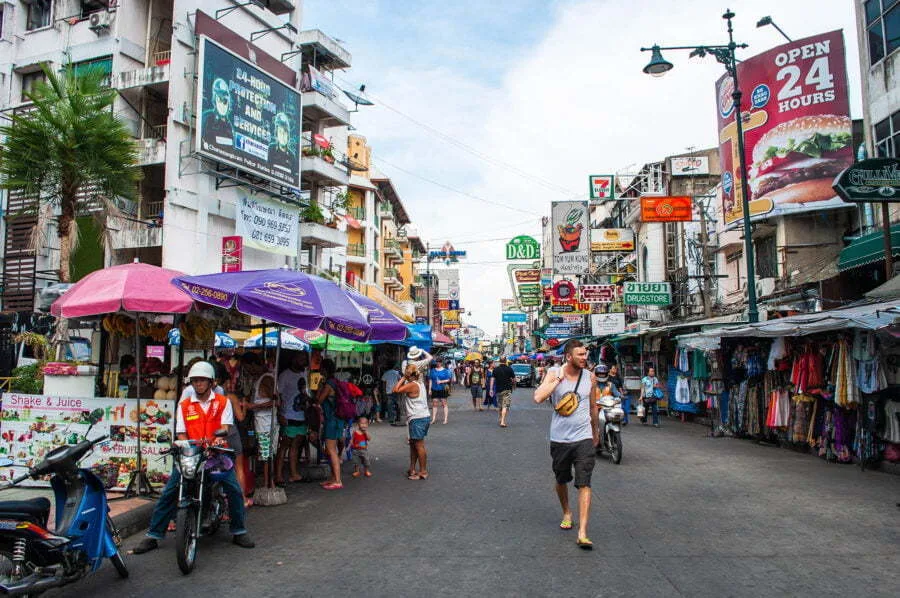
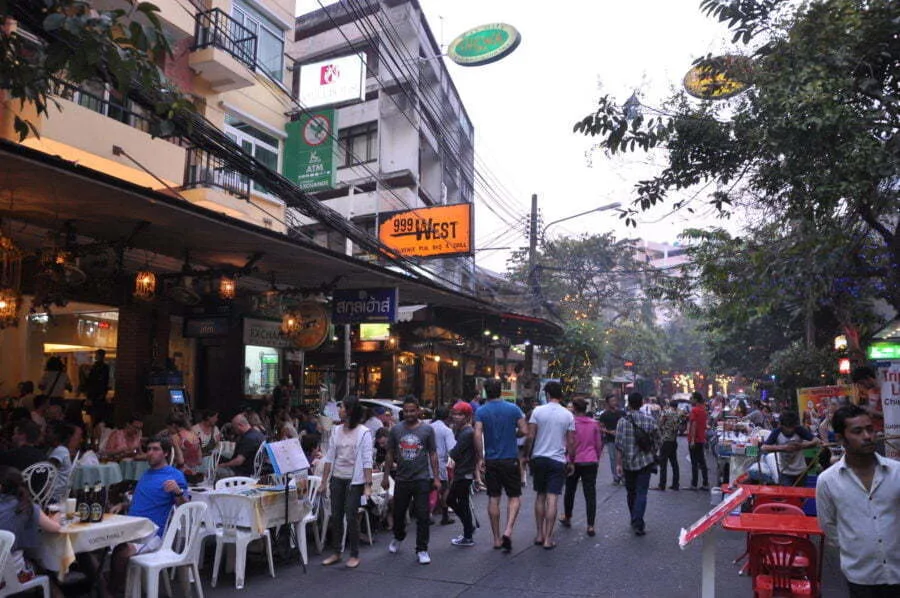
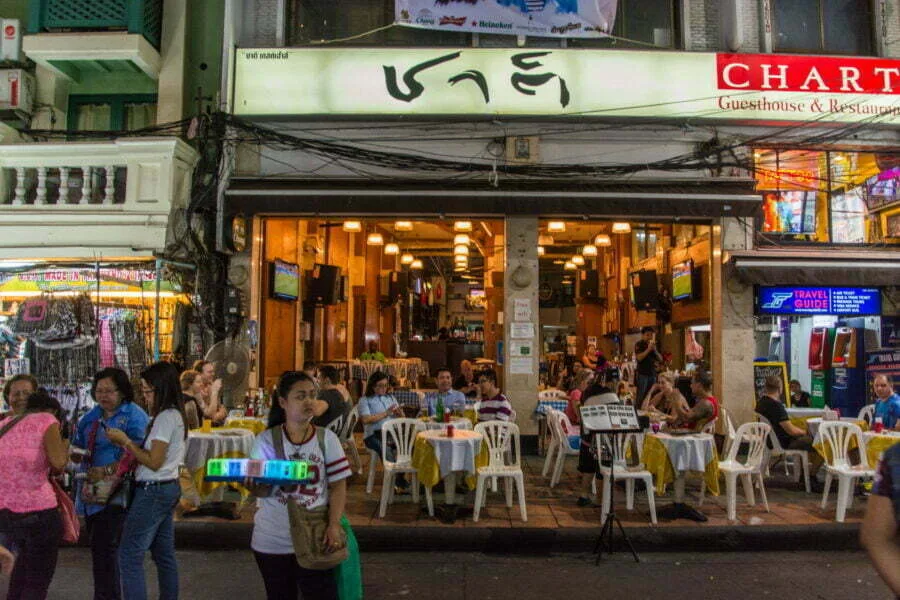
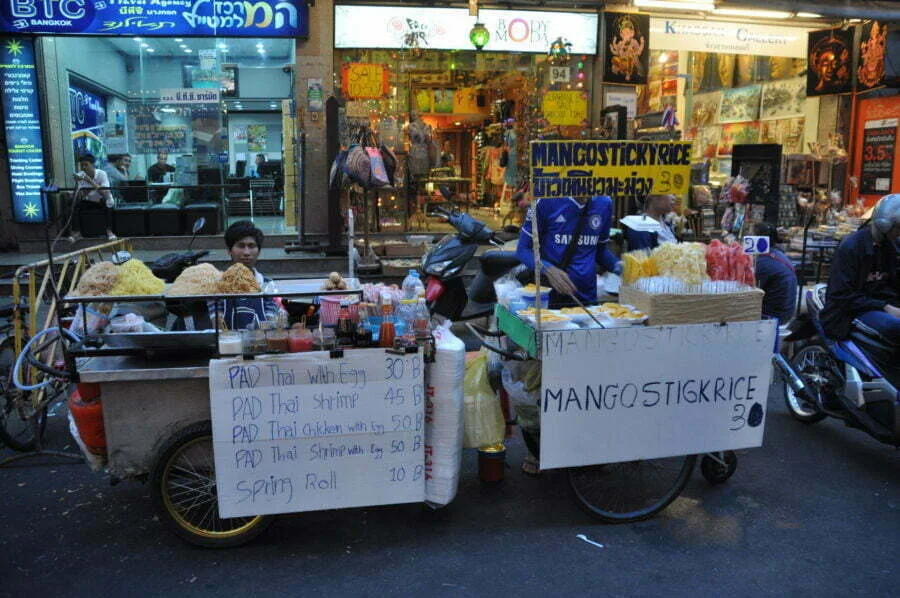
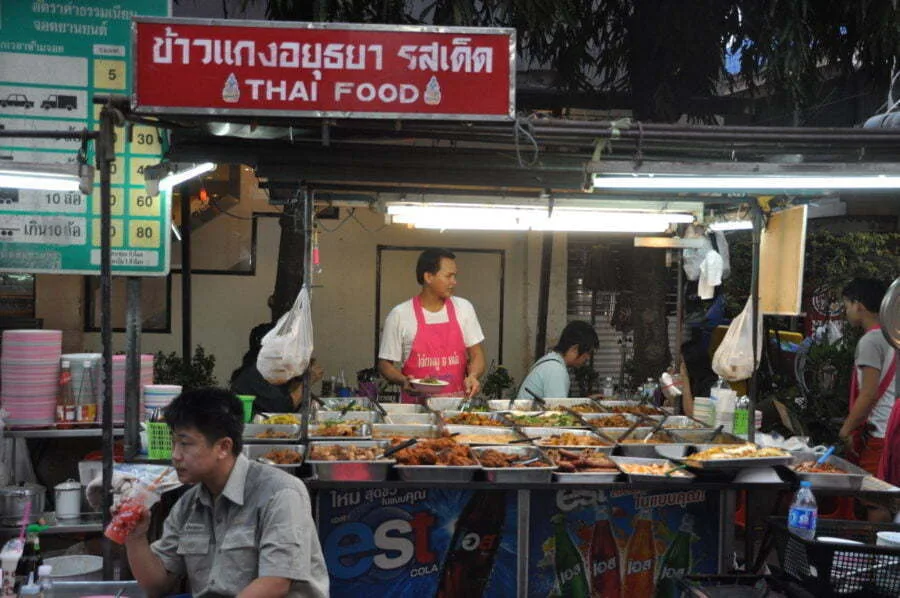
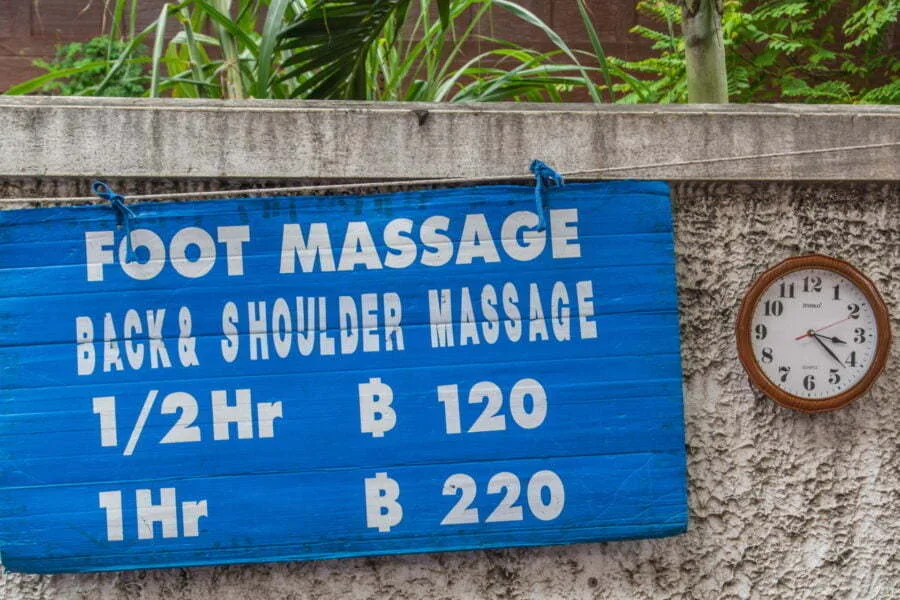
The “Beach” effect
When we talk about Thailand today, many people remember the movie "The Beach", with Leonardo DiCaprio. But did you know that before being a movie, it was a novel? And this novel is the work of Alex Garland, a writer in the making and famously unknown at the time (who would also become a screenwriter and director, I'll let you see its wikipedia file if you are interested). However, if the story he tells is fiction, The elements they use are based on his own experience as a backpacker, which led him, among other places, to stay in Khao San Road in the mid-90s.
And at that time, the backpacker street had this reputation of offering a bit of everything and anything to visitors. It must be said that there was a kind of competition between the 3 Ks, these 3 places known for attracting many backpackers, Kathmendu (Nepal), Kuta Beach (in Bali, Indonesia) and Khao San Road considered then as the most important in terms of accommodation supply, and the number of people passing through. In addition to these cheap hotels and its street food galore, Khao San Road was then known for its black market of pirated cassettes, CDs, DVDs, the purchase of fake identity cards, driving licenses, counterfeit books and counterfeits galore (especially backpacks). A "golden" age that lasted another good decade after Garland's passage because it is a Khao San that I also knew when I set foot there for the first time in 2006.

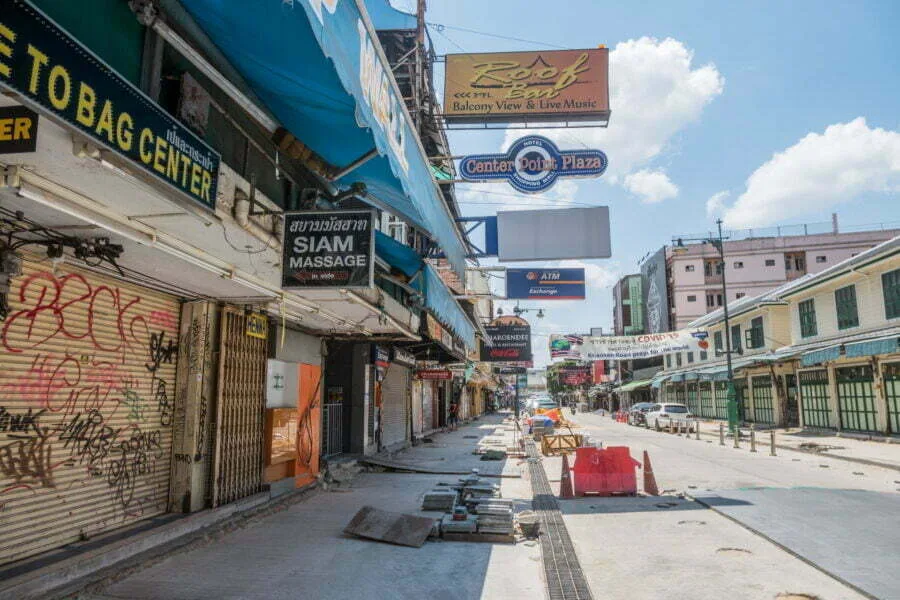
But it is this bad reputation of Khao San that Alex Garland wanted to transcribe in the first chapters of his novel "The Beach", when his hero, Richard, a young English backpacker (Garland's nationality), meets the eccentric Scot who calls himself "Daffy Duck" (played in the film by the unforgettable Robert Carlyle). The latter then gives him the map leading to the famous secret beach, at the heart of the plot of the rest of the novel, and which will forever highlight The Beach in question, Maya Bay, on Koh Phi Phi Leh. The novel describes the typical backpacker's room at Khao San of that time: " Only one concrete wall – the one of the building’s structure. The others were made of raw Formica. They moved when I touched them. I had the feeling that if I leaned against one, it would fall and perhaps hit another, and all the walls of the neighboring rooms would collapse like dominoes. Just below the ceiling, the walls stopped and the remaining space was a metal strip that served as a mosquito net."
The novel was published in 1996., and if it has a certain success, hence its adaptation to the cinema barely 4 years later, It is Danny Boyle's film that will shine a lasting light on Khao San Road and for a wider audience, including me. That same year 2000, the Italian DJ Spiller shot his video in Bangkok and ended up in the evening in Khao San with the singer Sophie Ellis-Baxter on her hit "Groovejet (If This Ain't Love)". This year again, a New Yorker article titled “The Place to Disappear” (the place to disappear) then depicts Khao San Road as “ a transit zone for half the world, a place that thrives on the desire to be somewhere else,” because it was then “the safest, easiest and most Westernized place from which to start a journey through Asia. »
And Khao San Road nowadays?
The Khao San Business Association claimed in 2018. a dizzying figure, since in high season (from November to February), The small street could see between 40 and 000 tourists pass through every day! (compared to around 20 in low season). It is therefore not surprising that the Bangkok city hall (the BMA for short for Bangkok Metropolitan Authority) decided in 000 to inject $1,6 million to renovate the street and make Khao San a pedestrian street of international dimensions.
The revival of Khao San
Probably initiated to counteract a little the "bad reputation" effect of the street, which has stuck to it since the end of the 90s, Khao San gets a makeover to be more organized, more "welcoming". The road is completely redone, in cobblestones, to accentuate the pedestrian aspect, which is the case between 9am and 21pm each day when vehicles cannot circulate there. On the sides are aligned retractable bollards, designating spaces for 250 to 350 licensed Thai vendors, selected by lottery (yes yes).



Except that in the meantime, the pandemic has knocked on the world's door and Thailand closed its doors to tourists in April 2020, brutally reducing the number of visitors to Khao San Road to almost nothing. If the street still exists today, it is because more Thai youth have been visiting it since the reopening of domestic tourism in July 2020 and even more so since the completion of the renovation and inauguration of the "new" Khao San in November 2020. The pubs lining the street were once 80% filled with foreigners, while today they are up to 90% Thai.
This last sentence is mentioned in the CNN article but having been to Khao San again recently, the latter remains quite empty during the day, there will be a few curious people and locals taking advantage of this calm and the few cafes that have opened there recently, but it is especially in the evening that the street comes alive the most. Passing through Rambuttri Street, we could see the establishment of a restaurant, crowded that evening, the Botanic Backyard Bar & Restaurant. Entertainment was also promoted to attract people, including the initiative involving light shows, local crafts and live music, Khao San Hide and Seek.
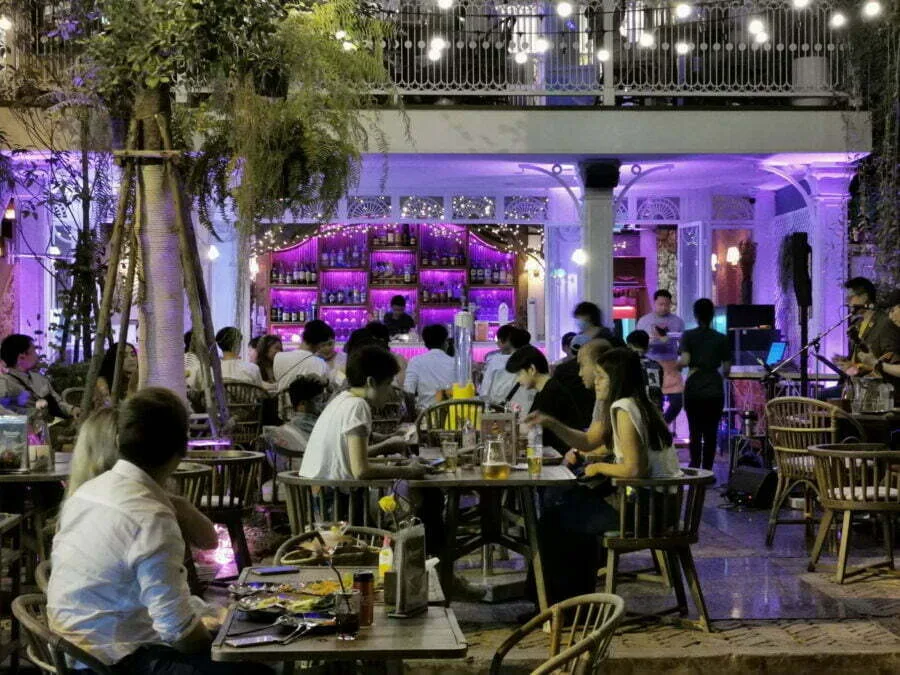

Unfortunately, all this was undermined with the arrival of the "second wave" in Thailand, which once again slowed down the excitement of Khao San from last January 2021, with places to go out being, like everywhere else, targeted as a priority to avoid a spread in places where people are least likely to respect barrier gestures (that's the idea anyway).
The Evolution of Khao San According to VS Guesthouse
I'll briefly come back to the VS Guesthouse, mentioned above. It turns out that the latter remained open during the pandemic, unlike the vast majority of other hotels around Khao San which closed their doors waiting for better days, and for some unfortunately, the curtain fell definitively. Something I didn't tell you until then is that the famous CNN article was written by Joe Cummings himself. So he went to see what had become of Khao San in this difficult period and stopped by the veteran GH.
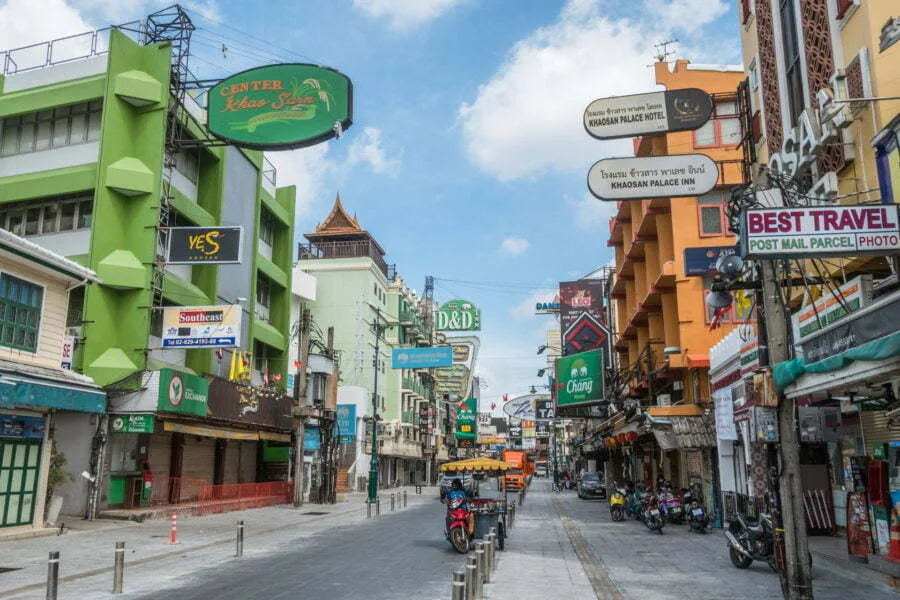
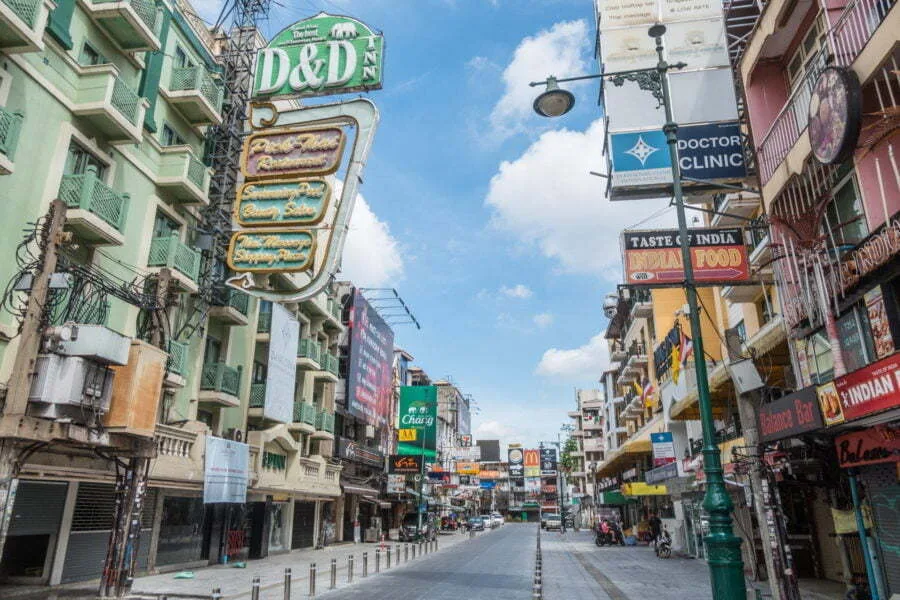


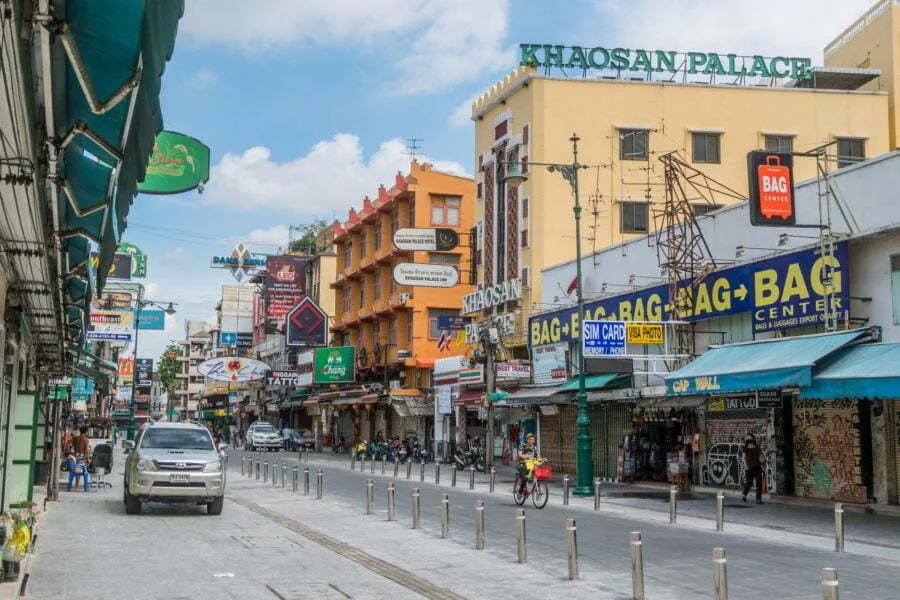
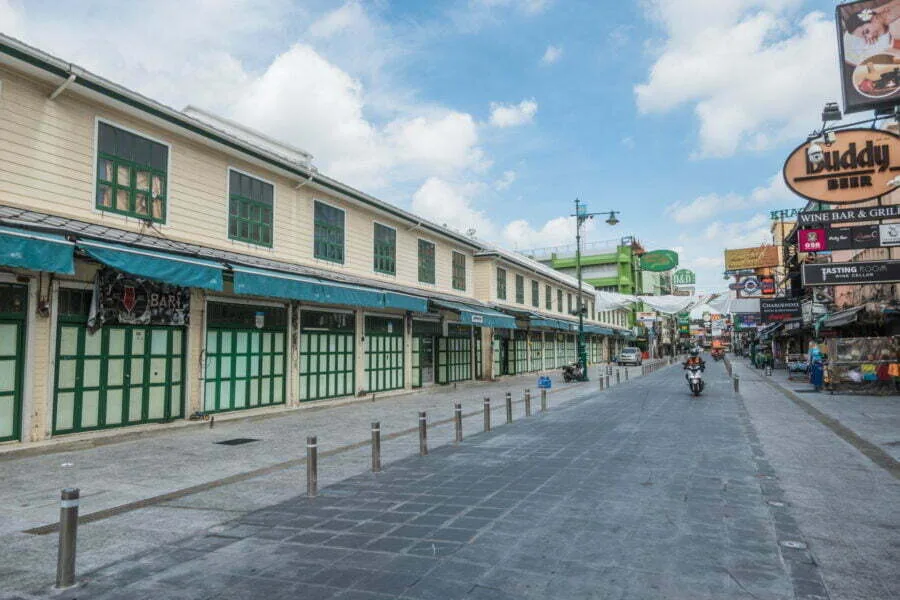
It is still managed by the same family, 3 sisters who took over from the father who had first decided to welcome visitors into their home. At the time, they didn't even have a room to themselves, but offered strangers to stay and sleep in the living room, you can't get more hardcore in the formula "sleeping at the inhabitant's house". Rintipa Detkajon, the eldest of the siblings, then remembers this special period, when at the age of 16, they welcomed for the first time an illustrious stranger into the living room, in the early 80s. The family subsequently enlarged the house, adding at its peak up to 18 rooms before reducing and stabilizing the number at 10 rooms, available from $10 (which remains very cheap).
The day Joe Cummings visited the guesthouse, there was only one guest, an American staying for several months. The opportunity to ask Rintipa how she perceives the loss of income due to the pandemic, and the latter, lucidly, responds:
« “It’s not just us, it’s the whole world,” she said. “We’re all in this together. This is our home, so we’ll survive.” »
But what struck me most in this last paragraph is the notion of clientele that is different today according to its perception, in what it seems to be looking for when coming to Khao San and more generally, in Thailand. According to Rintipa again, " Foreigners back then traveled peacefully. They were really interested in history and culture, unlike the young people we see nowadays, who seem more interested in getting drunk and partying. »
And I can't blame him, just look at the popularity of the full moon and the large number of places dedicated to the party in Thailand (Phi Phi, Patong, Pattaya to name a few).
The right question, and I will conclude like this, is who created the demand? The merchants of Khao San (and elsewhere)? By pushing for consumption and having fun, even if it means distracting these young people from the real interests that Thailand offers outside of this "cheap living" aspect, or is it really this "lost" youth who prefer to have a good time rather than really be interested in this culture that surrounds them?
At a time when Thailand is searching for itself and wants to attract a wealthier clientele rather than this youth adept at low-cost travel, I think there is a happy medium to be found. Because on the one hand, wealth does not necessarily mean that culture will be of more interest than that and will mainly benefit a limited number of businesses, because this form of tourism is often confined to travel "bubbles" (admittedly, I am exaggerating a little). When young people deserve to enjoy a little of this carefree age, without abusing it either, and their curiosity should not be neglected, often pushing them to explore the country more deeply, and ultimately stay longer, than the richest would.
Khao San Road for its part, it wants to be more open to all types of travelers with this redesign, which aims to make it a pedestrian street with an international dimension, without distinction of age or income. I have no doubt that KSR for short will continue to attract travelers and the curious for a long time to come, its “spirit” will adapt and certainly in 30 years, we will talk about it differently!
Bonus fact, Joe Cummings currently lives in Chiang Mai, and he's apparently an amazing guitar player, he's said to be often seen playing blues songs with local artists in some of the city's bars!
My sources
Here are some links to articles and pages that I used to write this article (some for period images and photos)
- CNN article on Khao San Road history (article in English)
- The History of Cinemas in Bang Lamphu (article in Thai)
- Aerial view of Khao San (site in Thai)
- Bang Lamphu map detail (also in Thai)
Did you like the article? share on Pinterest!
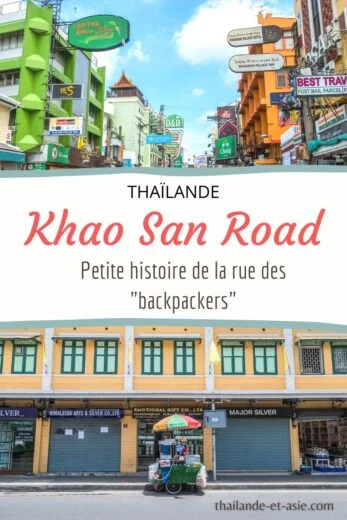


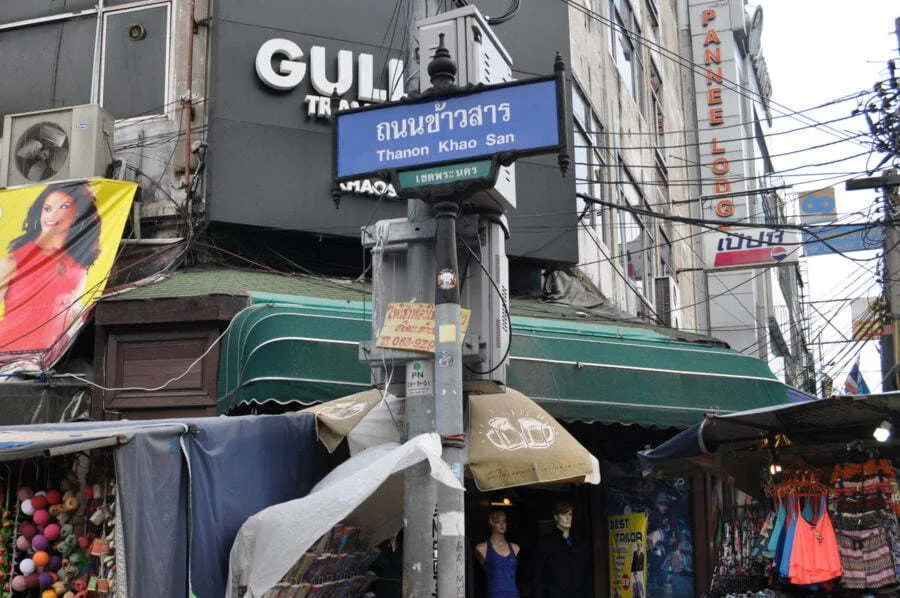

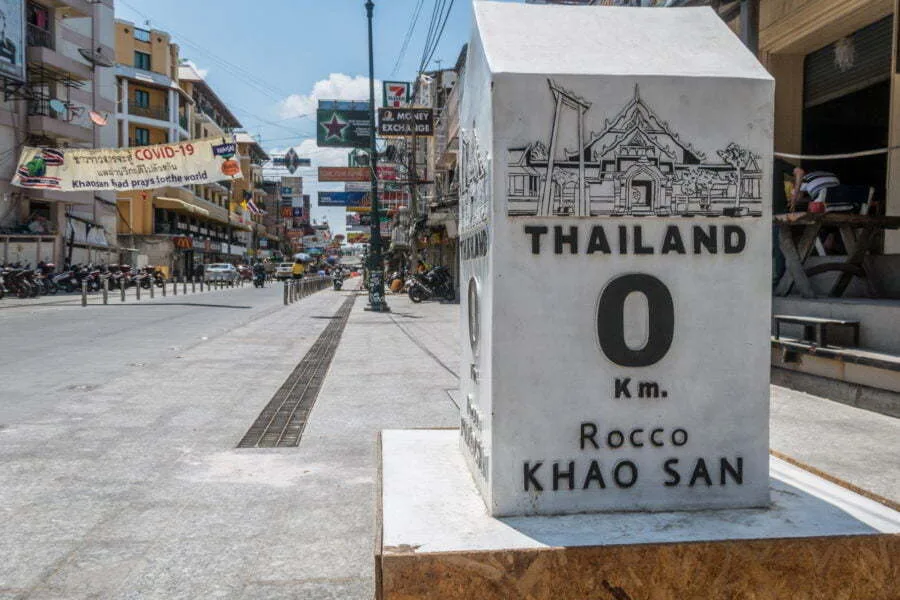
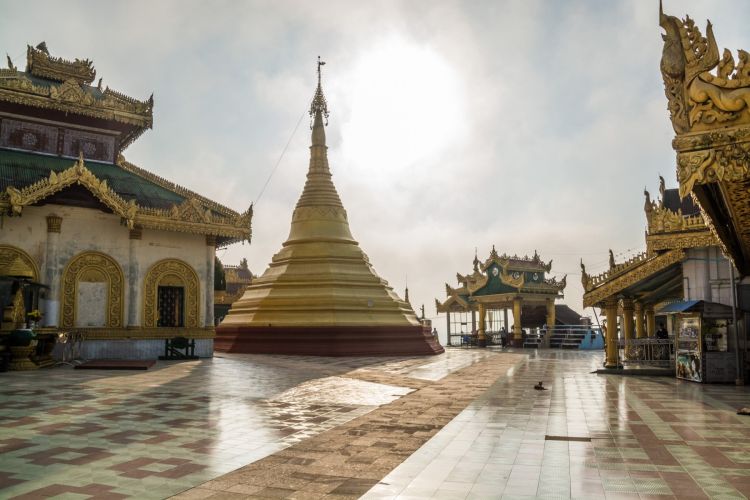
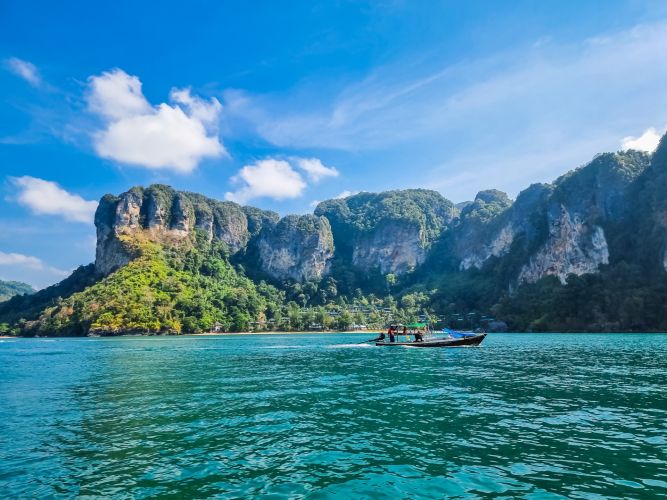

4 Comments
I loved my Thai vacation just before the pandemic! Thanks for this report.
Hoping to return as soon as possible!!!
Job Khun Ka
Many are waiting impatiently! Thank you for enjoying my article! Feel free to share it!
A really interesting article.
I discovered KSR in 2002 and of course slept there, a rather sordid place in fact, but at a totally unbeatable price.
My last visit was in 2019 and although I had promised myself after several visits that I would never return to the den of mass tourism, I can't help but take a little tour there. On the other hand, I have moved up (a little) in terms of sleeping 😉
It must be said that you can find some really good little restaurants at low prices and a few surprises just around the corner.
From the street of slightly broke backpackers who came to discover a magical country, it has become the home port of thirsty and screaming groups who sometimes end up begging.
Still, I can't wait to get back to Bangkok 🙂
I have been practicing bkk and ksr for over 25 years and I feel at home there, but I deplore the unhealthy evolution of tourists and the change in mentalities, which favor interest and money, which is a shame. There are still a few authentic places.